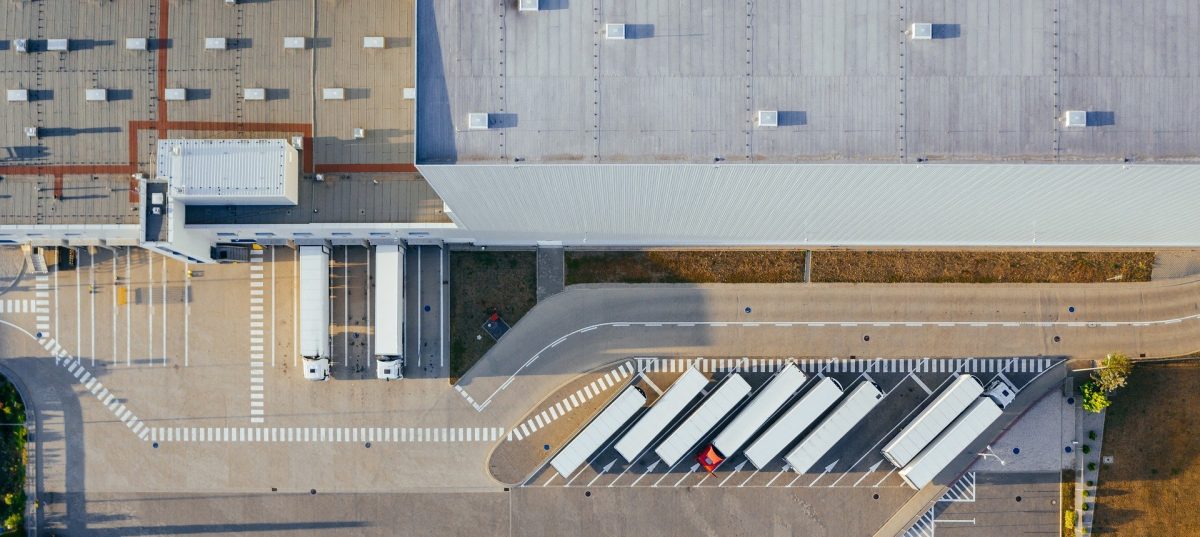By James A. Schnur, CCIM
President and Designated Managing Broker
Integrated Real Estate Solutions
LinkedIn
Every space a business owns or leases should have a precise purpose in supporting or furthering the growth, profitability, and goals of the business. This is a simple concept for most business owners to grasp, but it can quickly become lost in the midst of other details while searching for the right property to fulfill the company’s needs.
Because looks can be deceiving from the outside, this becomes especially pertinent when comparing the pros and cons of a larger warehouse. There are important distinctions between warehouse types that will serve some business models and industries better than others. This is why it’s important to be deliberate about choosing the right type of warehouse and focusing on finding which type will best serve a company’s specific storage and distribution needs.
Product Needs: What is Being Distributed?
What is physically being stored and distributed plays a major role in deciding which type of warehouse will work best for a business. Businesses need to ensure that their products will be received, stored, and distributed from the warehouse while minimizing any chance for damage, defects, or delays. But along with the general considerations, certain products require special handling or storage instructions to maintain product integrity.
- Pick & Pack Warehouse: This type of facility is set up to handle incoming orders from retailers — both online and brick-and-mortar — then shipping out goods to the customers. The warehouse generally handles all stages of the fulfillment process for these orders: storing the goods until they are sold; picking the products from the warehouse when orders are received; and packaging, labeling, and shipping the products directly to the consumers.
- Cold Storage Warehouse: These facilities are temperature-controlled to specially handle products that are perishable and sensitive to heat. This helps businesses ensure they can properly control the precise conditions necessary throughout every stage of the supply chain so their products can arrive at their destination as intended.
- Smart Warehouse: Automated with AI (Artificial Intelligence), these facilities are designed to efficiently and quickly hold, pack, and distribute products with minimal physical human interaction. These warehouses reduce human error and lower overhead labor costs but require precision installation, buildout, and on-call technical servicing to keep the software and hardware within the robot packers and shippers functioning properly.
Distance Needs: Where is Distribution Happening?
Business owners also need to consider where the supply chain they are distributing their products is located. This placement determines both the amount of space each business needs for distribution — including storage and fulfillment services, as well as the physical location of the warehouse, depending on the proximity of the warehouse to the product’s final destination. Because at different points in the supply chain, there are advantages to being closer to the final customer and operating with less space versus being further away, but having ample space for storage and packaging.
- Last Mile Warehouse: Last mile facilities operate at the agile end of supply chain logistics. These warehouses intake a large amount of product with the purpose of immediately shipping it out directly to consumers. Last-mile warehouses are typically most interested in location, as being closer to end customers and increased access to major highways provides the most efficient route for delivering products as quickly as possible. These locations also need a variety of parking and dock space, as they see a higher influx of both semi-trailers and fleets of vans, box trucks, and sprinter vans.
- Regional Warehouse: These facilities are generally used to either hold products before they are supplied to the last mile warehouses, or they operate as larger fulfillment centers in their own right, as in a pick and pack model. These warehouses tend to be much larger than the last-mile facilities, and able to be built out to accommodate the needs of specialty products — such as becoming a cold storage facility. Regional facilities will serve a larger area than last-mile facilities, but will not be as fast in their distribution from warehouse to the customer.
- Break Bulk Warehouse: Operating on the opposite end of the supply chain spectrum from the last mile warehouse, breakbulk warehouse intact large shipments from bulk supplies that need to be broken down into more manageable packaging and shipping solutions — such as boxes, barrels, pallets, and crates. These facilities sit at the beginning of the supply chain cycle to offload, package, and ship off these products to regional facilities for distribution, rarely interacting with end customers on their own.
Which Warehouse is Right?
This question comes back around to another question: what are the businesses’ needs? Each type of facility has advantages and disadvantages, but finding the perfect fit requires a full understanding of the intended use of the warehouse before choosing a site or building. And sometimes, this decision can be tricky for companies to tackle on their own. Fortunately, there are professionals willing to help.
By working with a commercial property tenant representative broker who understands your unique business needs — such as the professional team at Integrated Real Estate Solutions, Inc. — your company has a partner who can guide you toward the right type of warehouse, at the right size, and in the right location to keep your business flourishing and your products moving.
If you are looking for a way to relocate or expand your business into a warehouse solution, and want a professional edge to ensure you secure the perfect space to suit your business needs, consult with Integrated Real Estate Solutions, Inc.
Integrated Real Estate Solutions, Inc. provides clients with the in-depth knowledge and experience that is critical to determine the right path to your next move, lease renewal, or strategic repositioning of your real estate portfolio. Contact us or call 847.550.0160 today about your needs, and put our success to work for you.

